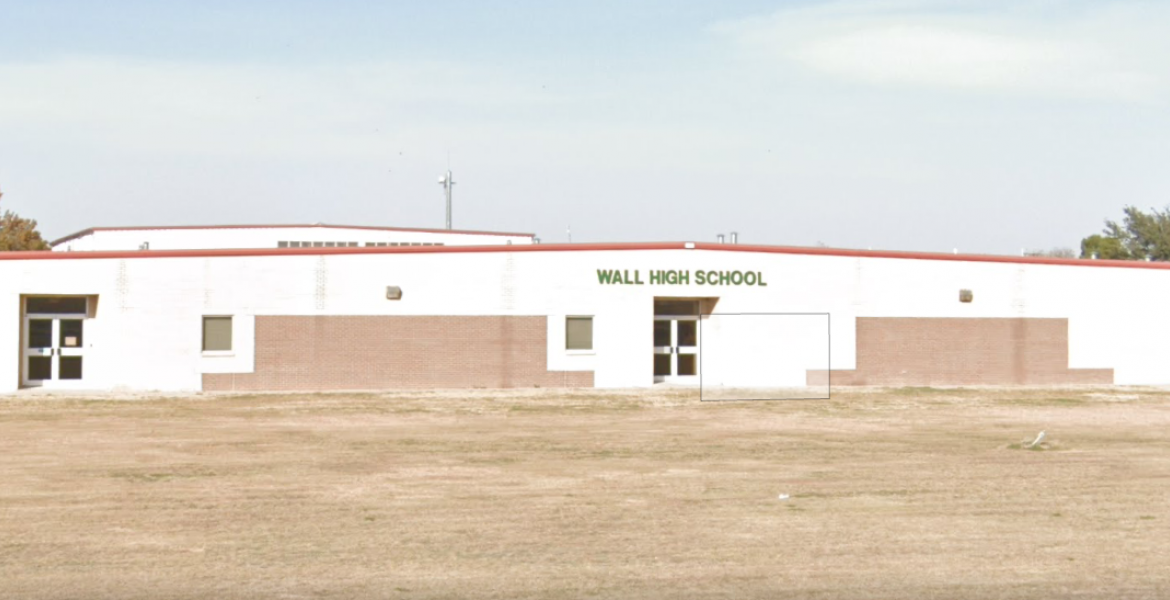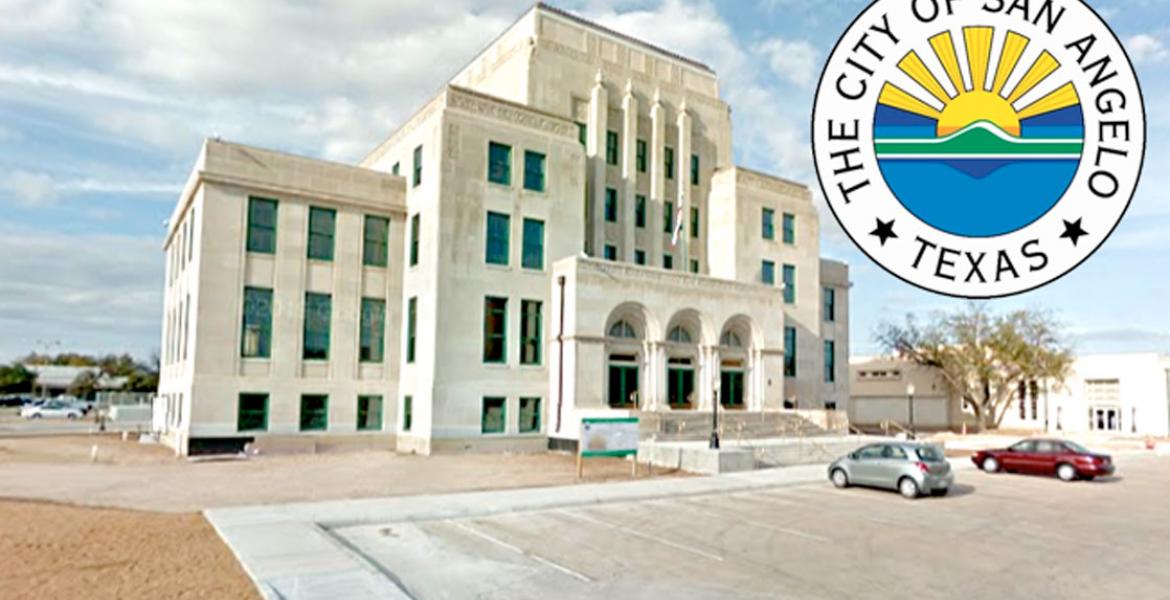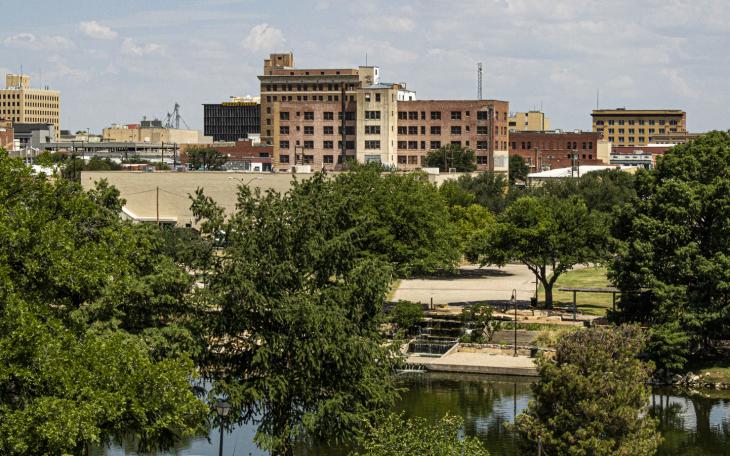Bucky Hasty, the city’s network administrator, oversees information technology and radio systems, and is the guru when it comes to the new police and city communications system.
The current communications system was purchased in 2007; the radios and the handheld mobile devices and accessories are reaching the end of their service life, and need to be replaced. The life span of a mobile device, according to Hasty is about eight years. Which means in eight years, the new system that the city purchasing today will also require, in all probability, a system-wide device replacement in another eight years.
“We may not have to upgrade so much with the infrastructure, but the portable devices will be a definite, they get a lot of wear and tear on them,” Hasty said, Thursday morning. “If you think about your cell phone, it wears out in three or four years. These [police handhelds] are designed to last a lot longer, but it’s a physical piece of hardware that an officer, especially firefighters who are a lot tougher on radios... They go through some physical wear and tear; in eight years those portables are going to need to be replaced.”
One of the new software features on the upgraded server is called BeOn. Hasty said that it will allow the installation of an app on an iPhone, android, or computer desktop that allows another agency access to the city’s radio system.
“So if one of the chiefs, myself, or anybody that we allow is outside of the city, state or country as long as they have a data connection they will be able to fire this up and basically do whatever I give them permission to do,” he said. “They can just listen, or in the instance of the chiefs they will have the ability to key up on any channel and talk to their people even when they are out of the state. That’s something we have never had before and it’s something they are really going to utilize.”
The addition, of BeOn will also reduce the amount of radios that need to be purchased next time, based upon the fact that communications can be sent via desktop computer without the need for the mobile device.
According to the BeOn website, users can exchange text messages and pass real time location and presence information between other connected team members. It claims to be the best in its class offering the latest technology and security features.
During the city council meeting on Tuesday Hasty explained the way law enforcement radio in San Angelo has been working and the importance of replacing it.
“The current site is a multi-site system,” he said. “It basically means there are two independent radio sites and when mobile radios travel across town they switch towers and there is a little three to five second delay where they lose connectivity. It’s more of an annoyance than anything, but there is an officer safety issue if they are on a chase and it switches towers.”
Why does the lapse in connectivity happen in the first place?
“That was kind of done as a money-saving technique when the original system was purchased. It also uses an EDACS protocol. It is basically the language that the radios speak to one another with; it’s a specific language that only this vendor can talk, so that’s what we are trying to move away from with the new system.”
EDACS stands for enhanced digital access communication system, a radio communications protocol and product family invented in the mid-1980s by GE.
“The new system is going to be a P25 Phase 2 Protocol. The language is going to be an open language; it allows any brand of radio to hop on to our system as long as we allow it. It will also support phase 1 and phase 2 radios,” he said.
Phase 1 is the older version of the P25 that the new system will also accommodate.
“During the migration process, we are going to keep the EDACS language just to make the ease of transition, so there’s no downtime with the system,” Hasty said.
Keeping that system in place during the migration process will ensure no emergency call goes unanswered while also insuring the safety of first responders during the changeover.
As the city information technology guru, naturally, Hasty is excited about moving from a multi-cast system to a simulcast system. Especially since dispatch currently operates under Window XP, which has been obsolete for quite some time.
“Simulcast in radio is going to be online the entire time. It’s going to be on all three towers the whole time, so the roaming won’t happen, it will be seamless from one tower to the other. There’s not going to be a beep or five second delay, it’s going to be on constantly.”
As a part of the migration to the new system, a third communications tower will be added on the north side of town as part of the system upgrade.
Hasty pointed out that today, computer software is used to back the radio system up and that is a big part of the infrastructure.
“Right now we have about four computers on a rack that are serving this system; keeping the database of the users, recording call activity. With this new system we are going to virtualize the solution.” Virtualization will allow the servers to share resources with each other and that will run the specific individual applications (like BeOn) of the new radio communications system more efficiently.
Subscribe to the LIVE! Daily
Required






Post a comment to this article here: